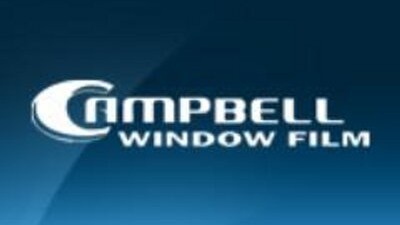Window Film Is The Future Of Commercial Energy Savings. Here's Why.

Energy efficiency is vital to keeping your properties relevant in the marketplace, and improving window quality is one quick and easy way to do it.
Southern California is dotted with older commercial buildings that were constructed prior to the use of energy-efficient glass. Though reflective glass has been in use since the 1970s, this older single pane reflective technology falls far short of the super-efficient coatings used today. These older buildings are thus losing tens of thousands of dollars (and for many larger buildings, hundreds of thousands of dollars) in energy costs that could be saved if the glass adhered to today’s standards.

The U.S. Department of Energy funded a study that led to the development of Low-E glass, which was introduced in 1981 but not widely used in commercial construction until the early to mid-1990s and not until recently has it been used predominantly in new commercial construction.
Low-E glass is made of nano-coatings that block unwanted parts of the light spectrum (infrared) while allowing ample visible light to pass through. The commercial introduction of low-E spectrally selective glass coatings has been one of the top technologies that has enabled net zero, LEED Platinum buildings and plays a large part in attaining compliance with California’s Title 24 requirements.
But what if your budget won’t allow for the expense of full glass replacement?

Converting existing single-paned windows into super-high-performance glass is now a cost-effective solution that is available to commercial property owners, enabling them to achieve the same level of solar performance as dual- and even triple-paned low-E windows.
3M Window Film introduced its Thinsulate Climate Control Window Film in 2016 — a virtually clear, ultra-high-performance nano-coated low-E window film. This product is available for retrofit on your existing class through Los Angeles-based Campbell Window Film, which was awarded 3M’s National Dealer of the Year last year.
Interwest Distribution Co released a report in September 2016 on the long-term return from installing Thinsulate Climate Control Window Film technology on the Disney Channel television building in Burbank, Calif. The results were derived using E-Quest modeling software for a span of 16 years after initial installation. The building achieved savings of $251k/year, reaching payback in the third year and increasing each following year.

3M Window Film is warrantied for 15 years and expected to last many years after that. Windows treated with this film offer increased solar performance, significantly cutting energy costs. Lower energy bills and comfortable tenants lead to higher profits, higher occupancy and lower tenant turnover, further increasing ROI.
So why wouldn’t every commercial property owner invest right away? Building owners are hesitant to fork over initial costs, even with guaranteed long-term savings for an investment that takes less than four years to pay for itself. Money put toward energy bills — termed “purple money” by energy consultant Joel M. Levin — does not figure into profit/loss statements (“green money”). Consequently, the initial investment in energy savings (purple investments) is not seen as incentive enough.
“The way property owners spend money for energy efficiency is heavily dictated by the binary of green and purple money,” said Brad Campbell, founder and CEO of Campbell Window Film. “The commercial real estate industry should be paying attention to energy-efficiency investments and the healthy returns thereof, but sometimes tend to look at them as a capital expenditure instead. We have been successful in helping many see the purple money benefits by quantifying their returns.”
To learn more about Bisnow partner Campbell Window Films, click here.

